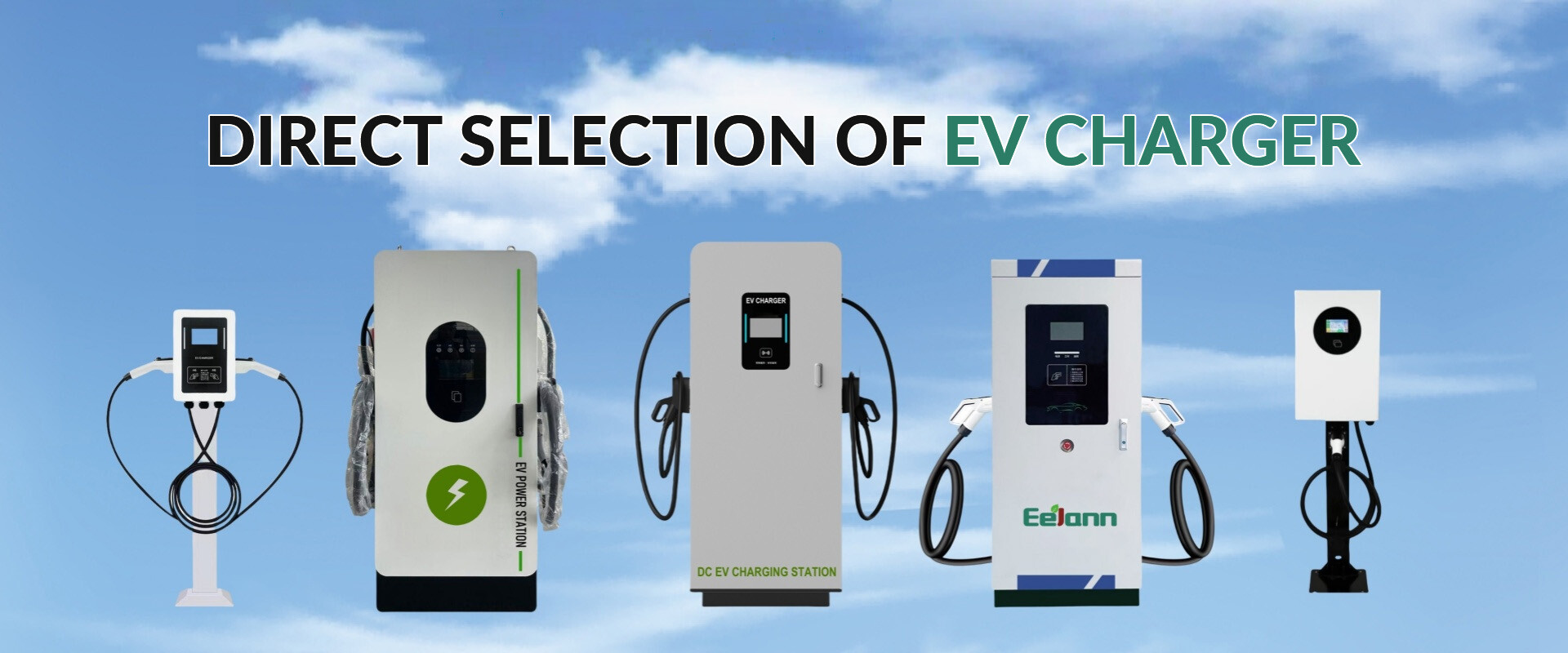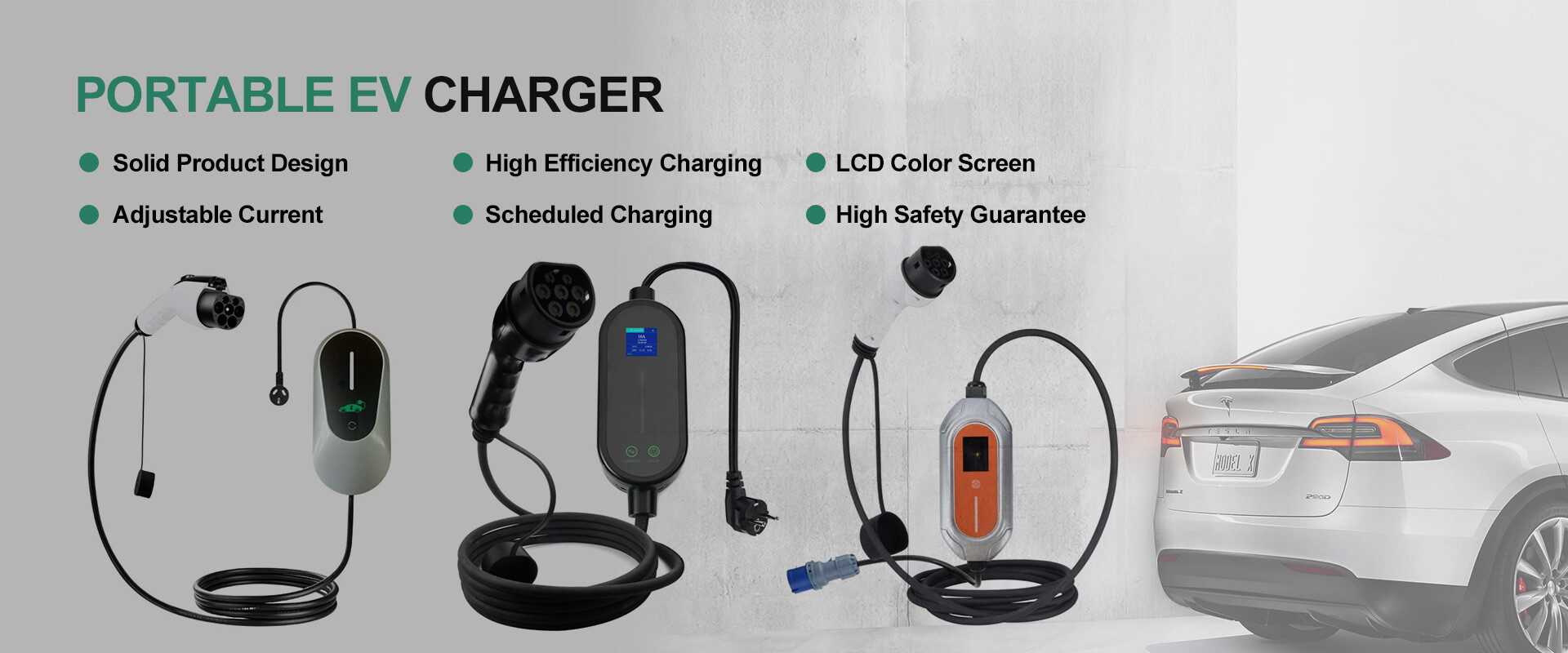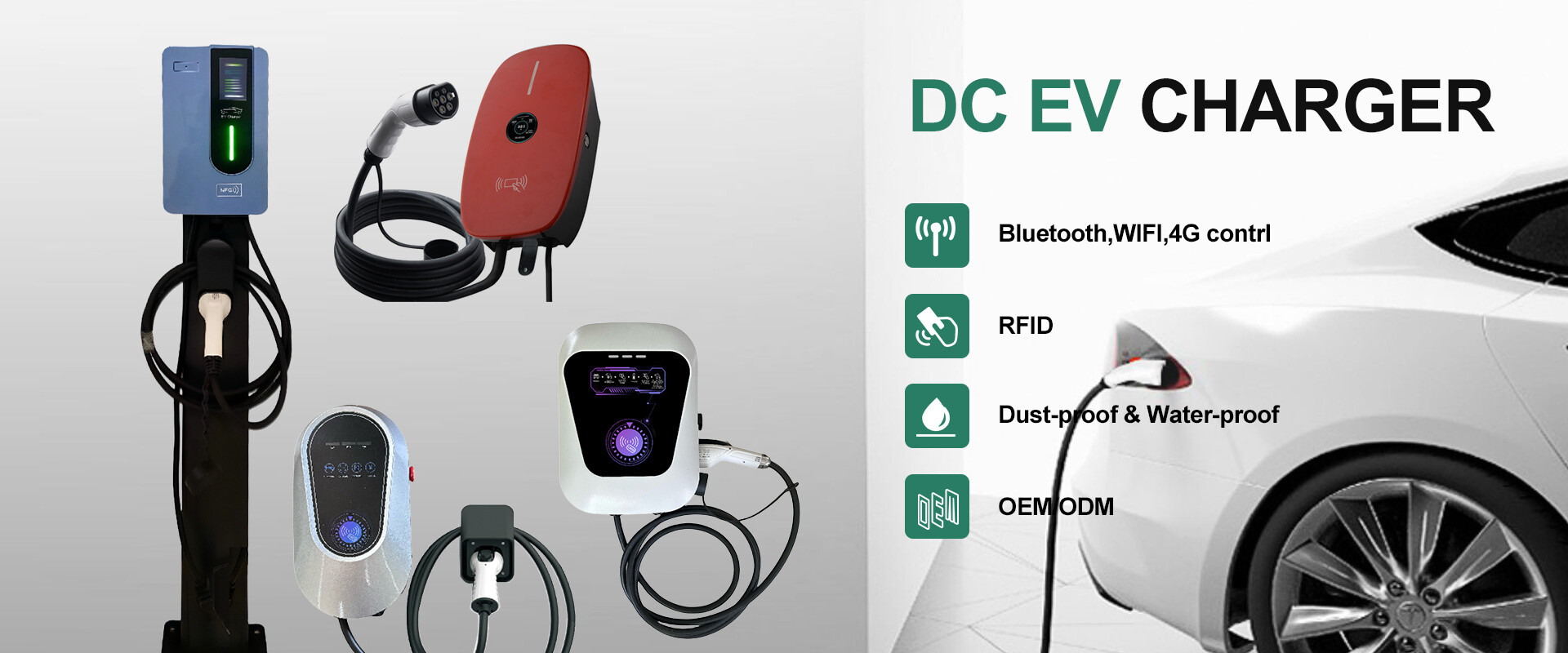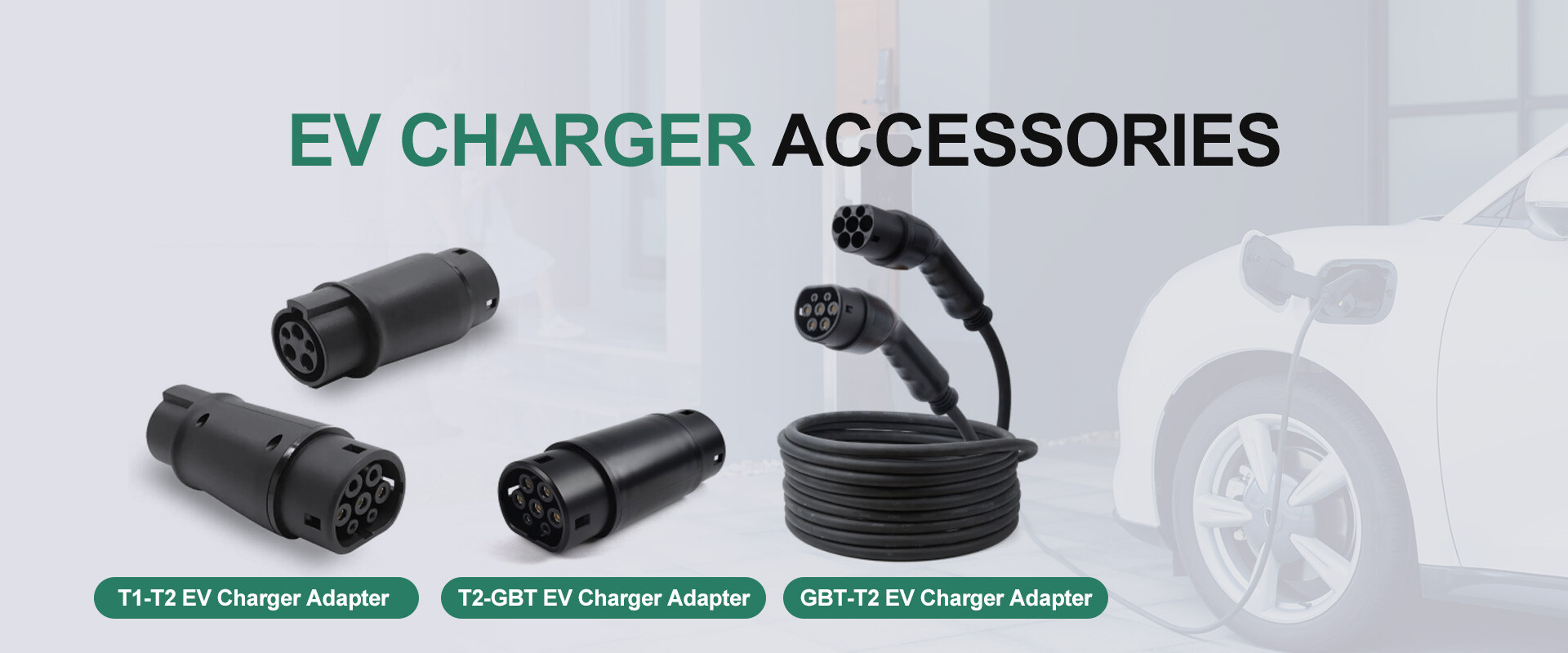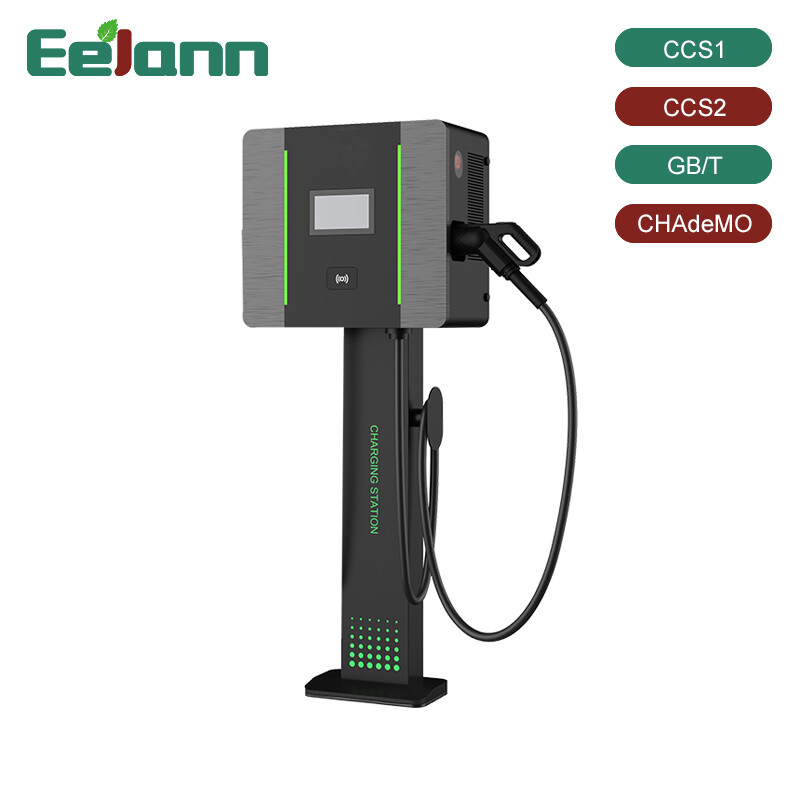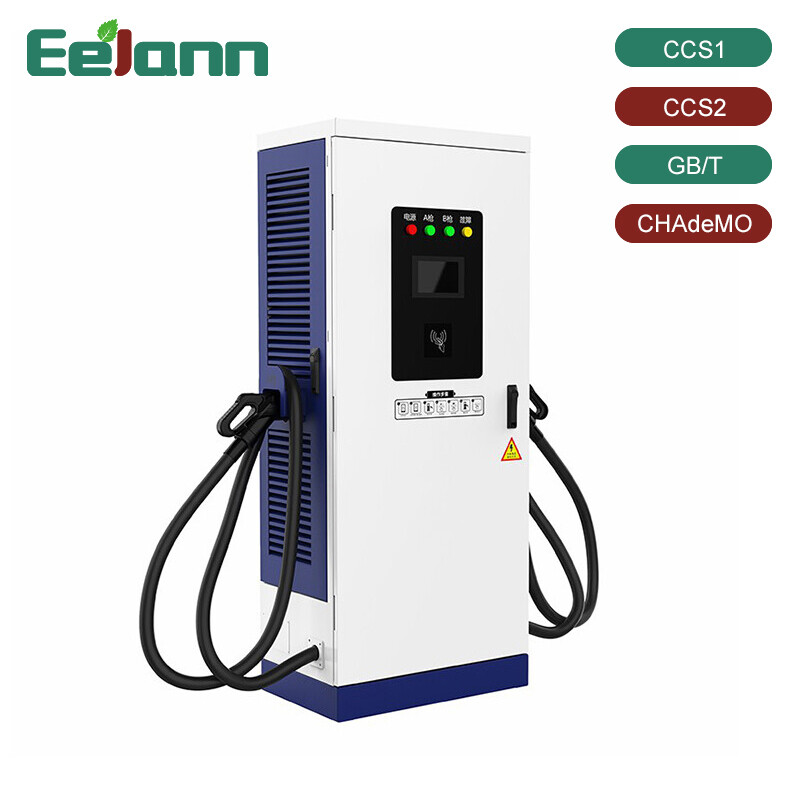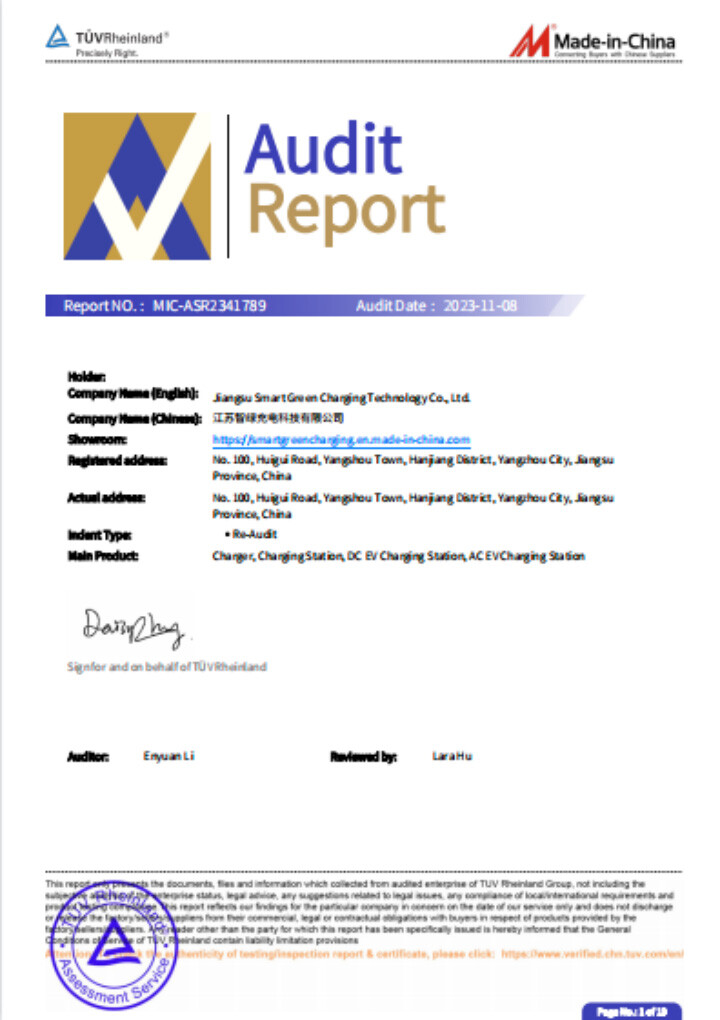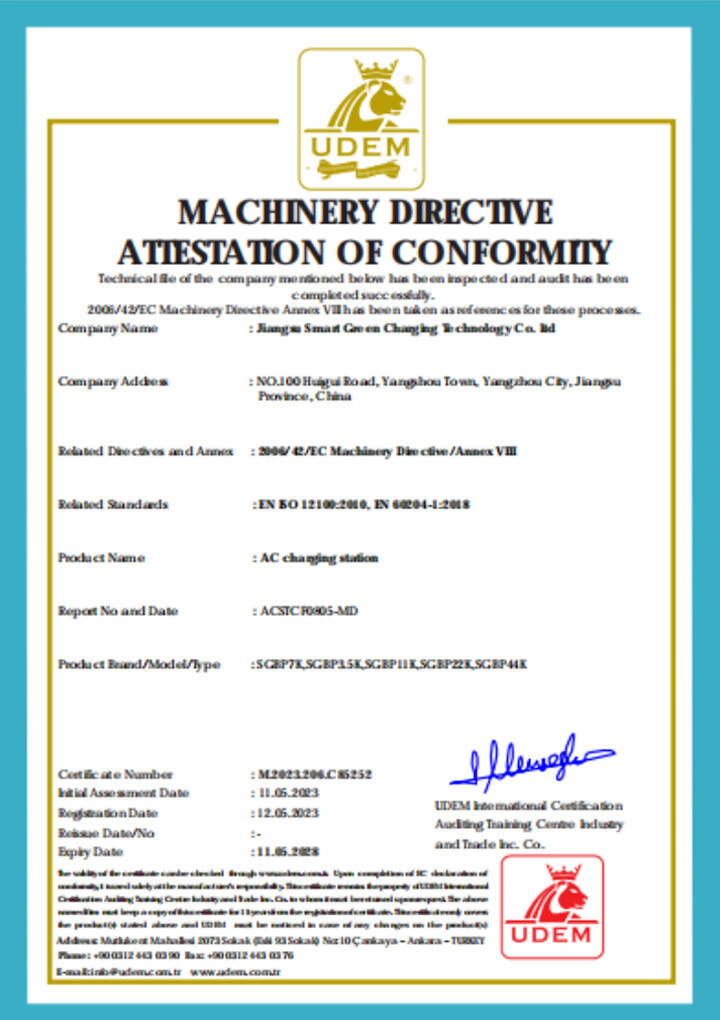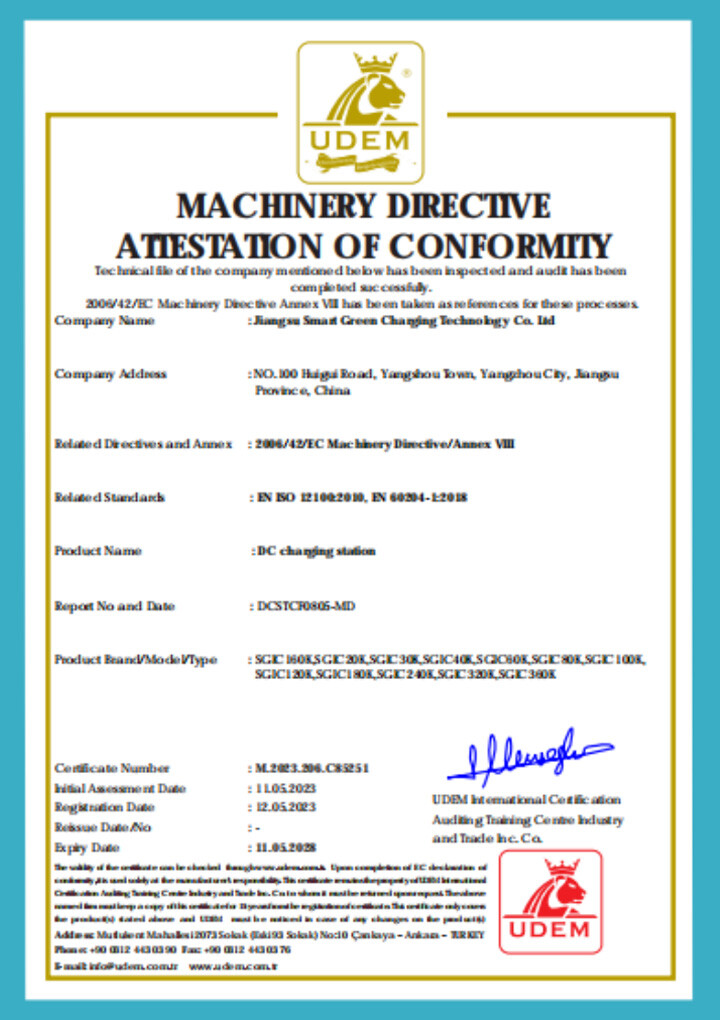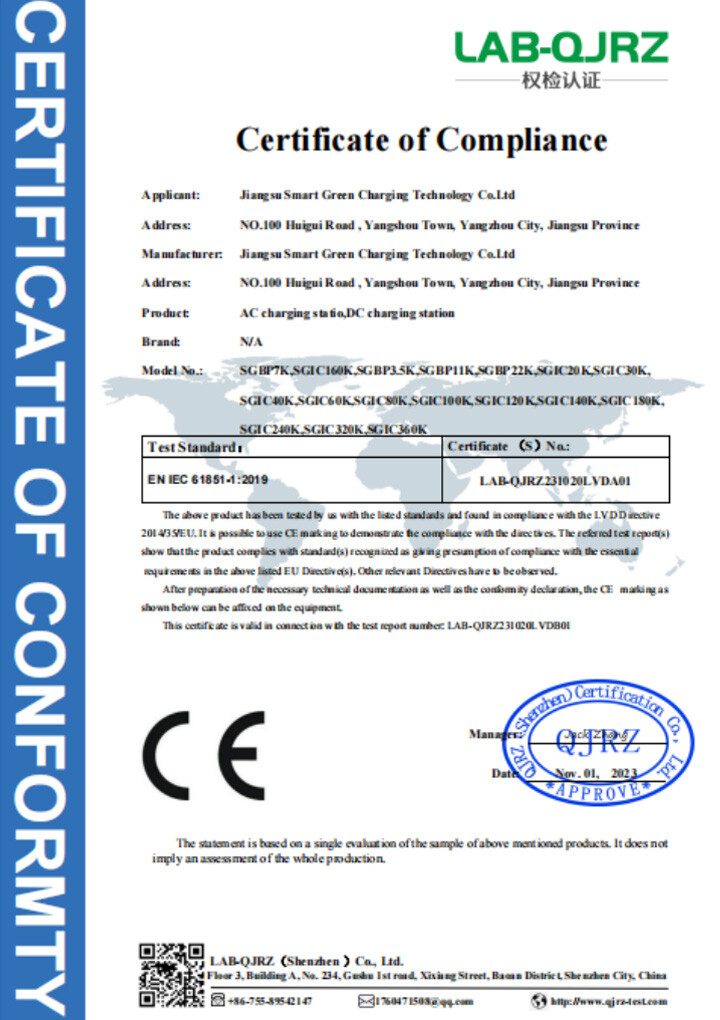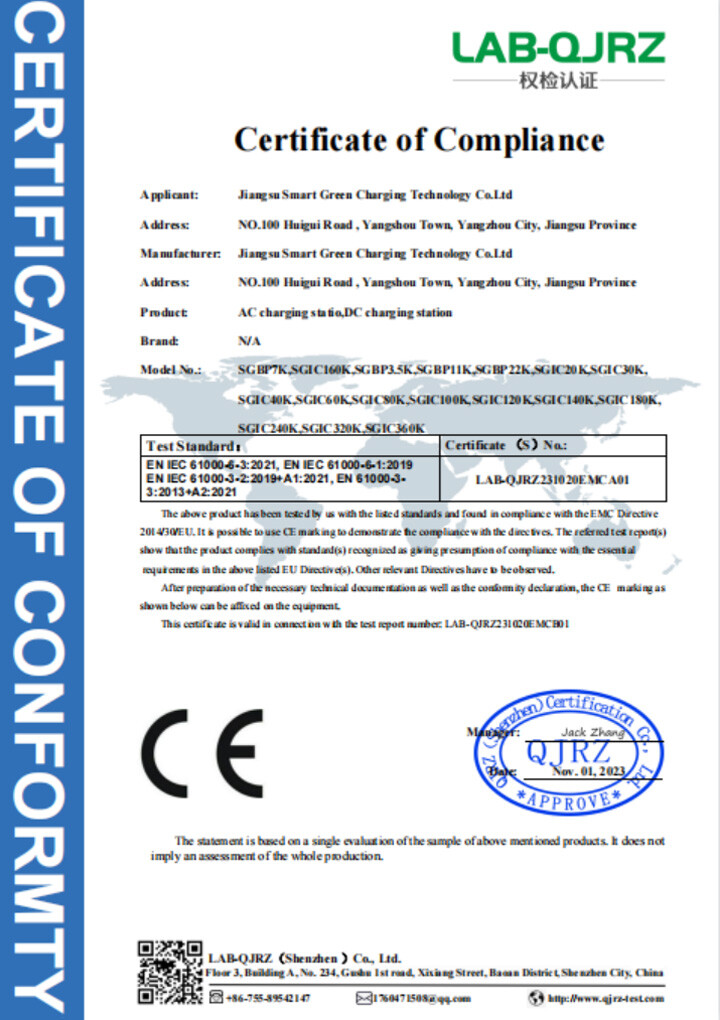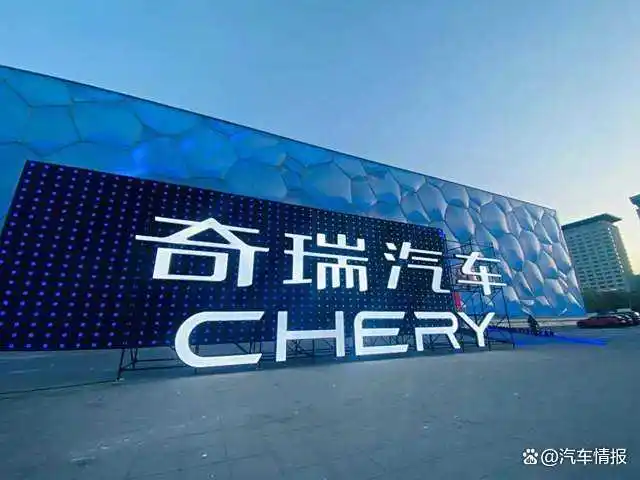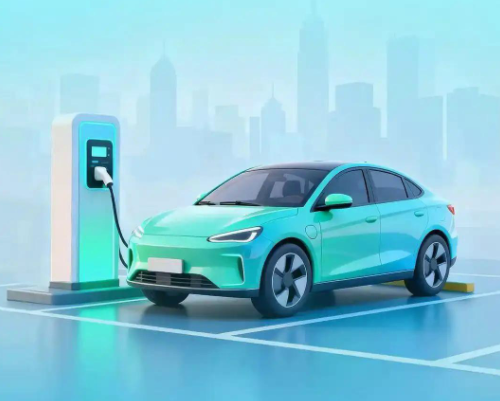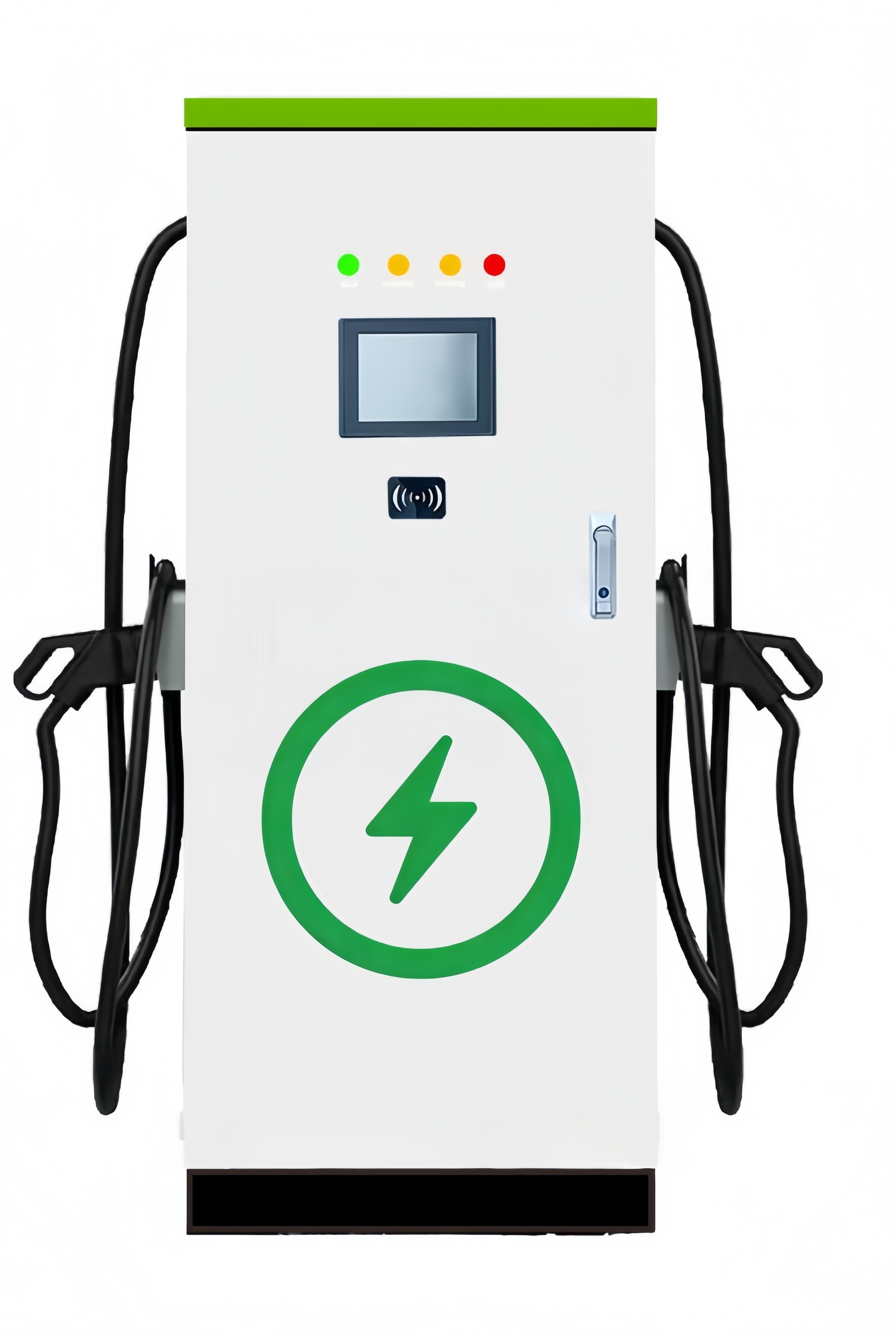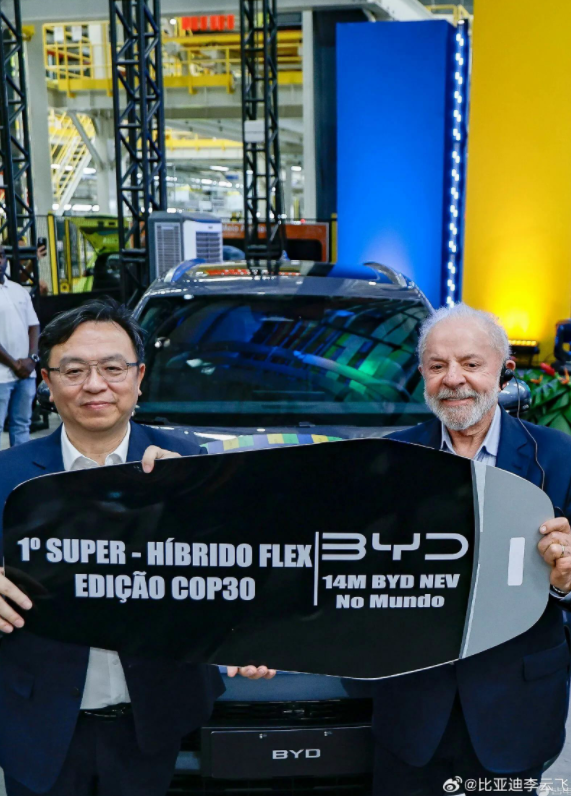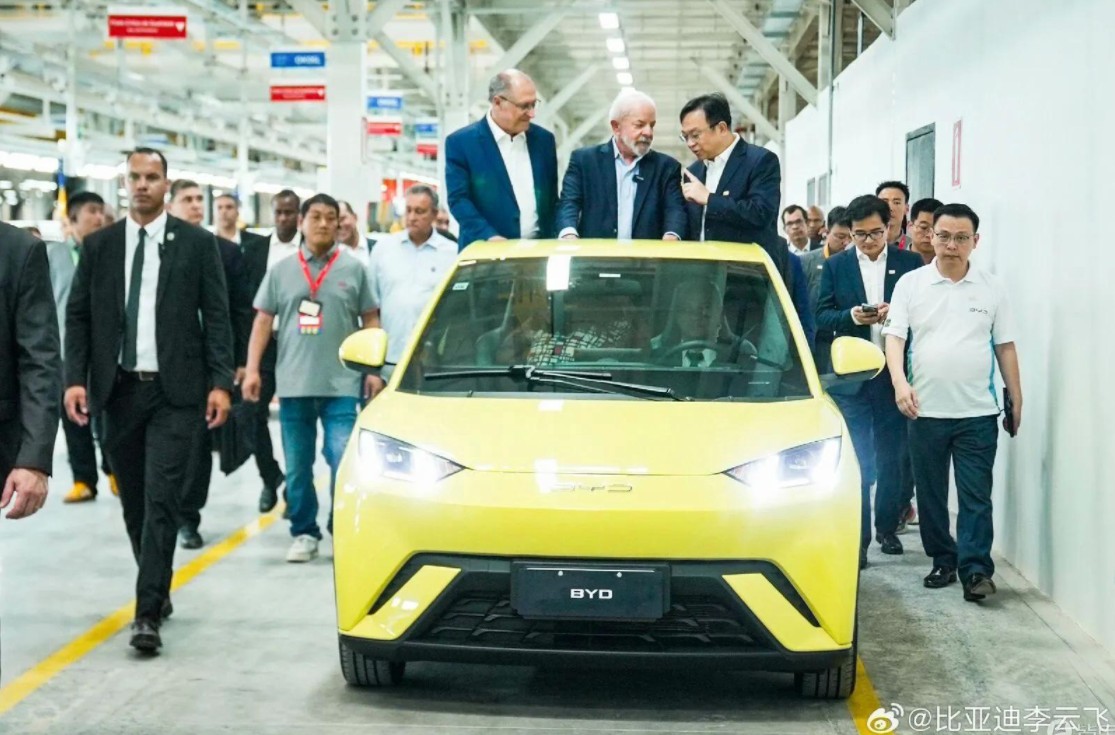WHAT WE DO?
Products Categories
Certificates:
OCPP1.6J certification of the OCA alliance, Germany's TUV Rheinland for CE, CB, WEEE, UKCA, TR25, and AZE certifications.
WHO WE ARE?
Yangzhou Eejann New Energy Technology Co.,Ltd.
WHY CHOOSE US?
Our Service
01 SERVICE
Design/Production
Provide a station construction plan according to the requirements
Overall design and delivery
01 SERVICE
Design/Production
Provide a station construction plan according to the requirements
Overall design and delivery
02 SERVICE
Equipment Sales
Regular product sales
Overall construction and operation
02 SERVICE
Equipment Sales
Regular product sales
Overall construction and operation
03 SERVICE
OEM/ODM
Produce according to customer requirements,
customized development and production
03 SERVICE
OEM/ODM
Produce according to customer requirements,
customized development and production
04 SERVICE
Cooperative Production
Collaborative development and production, off-site factory construction, and output of solutions
04 SERVICE
Cooperative Production
Collaborative development and production, off-site factory construction, and output of solutions
Comprehensive
After-sales service
Free replacement of components during the warranty period, and replacement at cost price after the warranty period
Lifetime technical support, software upgrades
24-hour response, 48 hour solution, overseas training for local operation and maintenance personnel, and a technical summary training meeting every 60 days
You can contact us through the following form if you have any questions or concerns, and we will reply to you within 24 hours!
WHAT'S NEW?
Latest News
 00
000000-00
Chery holds onto the top spot, while BYD takes the second placeAs is well known, China is a true world factory, with products such as toys and textiles being mostly manufactured in China. Public data shows that 30% of global products are made in China, which proves that China has the strength to rise as a new superpower.However, in recent years, our dominant position in global production has not only been limited to toys, textiles, and even laptops and smart phones, but has been moving towards automobiles, which are the crown jewel of the industrial sector.
According to authoritative media reports, over the past decade, China's annual production and sales of new energy vehicles have increased from the thousand level to the tens of millions level. The products have been exported to 70+ countries and regions,accounting for over 60% of the world's share,making it a "glorious card" of Chinese manufacturing.

From July 2025 to the end of July,according to the car export data released by the China Association of Automobile Manufacturers,China's car exports continued to grow at a high rate. Among them,new energy vehicles became the core driving force. Below is the 2025-2025 July production and export ranking list of top 20 manufacturers compiled by Yiche. Next, we will conduct a detailed analysis based on this list.
Chery holds the first place,but BYD is coming at a fierce pace.
In 2024,Chery became the top domestic exporter. Relevant data shows that in 2024, Chery exported 11,445,880 vehicles,an increase of 21.4% year-on-year, and ranked first in China's brand passenger car exports for 22 consecutive years. It's quite impressive that being able to export one million vehicles per year is a result that many domestic car manufacturers envy.
This year,from July to the end of July,Chery's export momentum remained strong. At a glance,its export volume in the first seven months was 662,903 units,achieving a 6.9% growth year-on-year. If there are no unexpected circumstances,Chery's export volume is expected to exceed 1.2 million units this year,continuing to lead the exports of domestic car brands.
The second place is BYD. It's undeniable that BYD's volume is truly huge. Because its export volume in the first seven months reached an astonishing 5,214,620 units, an increase of 123.4% year-on-year,equivalent to doubling and more.
In the first quarter of 2025,BYD became the top brand in sales in Hong Kong and Singapore; in Brazil,Italy,Thailand,and Australia,BYD was the leader in new energy vehicle sales in the first quarter;in the UK,BYD's sales in the first quarter showed the highest growth rate both in terms of both month-on-month and year-on-year.
If this trend continues, BYD may truly become the undisputed champion of new energy vehicles globally, further widening the gap with Tesla.
【Conclusion】 The Chinese automotive industry is reshaping the global market pattern at an unprecedented speed. From Chery's steady lead, BYD's rapid rise, to Geely and Great Wall's close pursuit, Chinese car manufacturers not only win by scale,but also gain话语权 through technological innovation and global strategies. The explosive growth of new energy vehicles has become the core engine driving China from a "manufacturing giant" to a "smart manufacturing powerhouse",and the breakthrough and challenges in the European market have demonstrated the depth and complexity of China's globalization.
 00
000000-00
New energy vehicle sales has surpassed 50% conveying three significant implicationsThe latest data released by the China Association of Automobile Manufacturers shows that in October, the monthly sales of new energy vehicles reached 1.715 million units, an increase of 20% year-on-year. The monthly sales accounted for 51.6% of the total monthly sales of new vehicles, surpassing 50% for the first time. This indicates that in China, the substitution of new energy vehicles for traditional fuel vehicles has entered a new stage.
The share of new energy vehicle sales has exceeded half for the first time, conveying three messages.
Firstly, there has been a continuous supply of new passenger vehicle models and continuous upgrades in product technology. Since this year, domestic passenger vehicle enterprises have accelerated the pace of technological iterations in electrification and intelligence. 800-volt silicon carbide platforms, long-range extended-range/parallel hybrid, end-to-end combination assistance driving from parking to parking, AI large model intelligent cabins... have been implemented on most mainstream models of major car manufacturers. Efficient, low-cost R&D, supply chain and intelligent manufacturing systems have provided strong guarantees for the intensive launch of new models. According to incomplete statistics, within one week from September 15th to 21st this year, 16 new energy passenger vehicles were launched. Under the continuous promotion of new vehicle effects, the sales share of new energy passenger vehicles in China steadily increased to 54.9% in October.
Secondly, the electrification process of commercial vehicles has accelerated.
Data shows that in 2024, the sales share of new energy commercial vehicles will be 14.9%; from January to October this year, this proportion has rapidly increased to 20.7%. The popularity of new energy commercial vehicles is inseparable from the continuous strengthening of policy "punches". Since this year, the scope and intensity of subsidies for the scrapping and renewal of old operating diesel trucks have been further expanded. In addition, the improvement in range due to technological breakthroughs, the popularization of ultra-fast charging technology, and the decline in battery costs have made the operational cost advantages of new energy commercial vehicles more obvious. The continuous construction of charging networks and the gradual improvement of charging and swapping station layouts provide strong support for the development of new energy commercial vehicles.
Thirdly, the monthly sales of new energy vehicles have exceeded those of fuel vehicles for the first time, posing new and higher requirements for the electrification and intelligence transformation of the automotive industry.
In the context of artificial intelligence accelerating the empowerment of the entire automotive industry chain, innovating and exploring the product form, manufacturing process, operation mode, competitive dimension and even development model of the AI automotive era, China's global leading advantages in the transformation of automotive electrification and intelligence can be continuously consolidated. Currently, the automotive industry is full of vitality, while continuously strengthening the market selection and elimination mechanism, effectively curbing "internal competition" and eliminating vicious competition, and breaking the "increased output and income without increased profit" vicious circle, the industry can achieve high-quality development.
Comprehensively improving safety standards is even more urgent. More than half of new vehicles have been electrified, and the penetration rate of combined assistance driving new vehicles exceeds 60%. This has raised the attention of the entire society to the safety of new energy vehicles. Improving the safety standards of motor vehicles, eliminating the breeding ground for potential safety hazards at the source, relevant departments of the state have taken actions. Since this year, the Ministry of Industry and Information Technology, the Ministry of Transport and other departments have successively organized the formulation of a series of mandatory national standards and draft standards for public consultation (hereinafter referred to as "new standards"), clearly stipulating that each time the combined assistance driving function is activated, the driver must have received relevant training, and real-time monitoring of the driver's hands on the steering wheel and whether the driver's gaze deviates from the road during driving. In response to the safety hazards exposed in traffic accidents, the "new standards" also propose mandatory requirements such as having to be equipped with physical buttons, zero-gravity seats must ensure that the seat belt effectively protects the occupants, hidden door handles need to be equipped with mechanical release functions, the thickness of emergency window glass cannot exceed 5mm, and the zero-to-hundred acceleration must not be lower than 5 seconds. We look forward to seeing more enterprises focusing their innovation efforts on addressing real consumer pain points such as preventing battery overheating, enhancing the safety of integrated assisted driving systems, and completely eliminating range anxiety. They will shift from "competing on acceleration, configuration, and price" to "competing on safety, technology, value, and experience", thus promoting the stable and long-term development of China's new energy vehicle industry.
 00
000000-00
By the end of 2027, 28 million electric vehicle charging facilities will be builtThe National Development and Reform Commission and other departments have issued the "Three-Year Doubling Action Plan for Electric Vehicle Charging Infrastructure Service Capacity (2025–2027)." The notice stipulates the establishment of 28 million charging facilities nationwide.
By the end of 2027, China aims to have built 28 million charging facilities, providing over 300 million kilowatts of public charging capacity to meet the charging demands of more than 80 million electric vehicles, thereby achieving a doubling of charging service capacity.
In expressway service areas (including parking areas), 40,000 new or upgraded "ultra-fast combined" charging guns with a capacity of 60 kW or higher will be deployed.
Efforts will be accelerated to upgrade and renovate charging infrastructure in expressway service areas. An intercity charging network will be developed to effectively meet the medium- and long-distance travel needs of electric vehicles, with intensified deployment of charging points and continuous optimization of the functional structure of facilities. By the end of 2027, 40,000 new or upgraded "ultra-fast combined" charging guns with a capacity of 60 kW or higher will be installed in expressway service areas (including parking areas), and the construction of high-power charging facilities will be encouraged. Except for high-altitude and extremely cold regions, all expressway service areas should be equipped with charging capabilities.
The integration of charging infrastructure requirements into distribution network planning will be prioritized.
Upgrades to distribution networks will be expedited. Charging infrastructure needs will be incorporated into distribution network planning, with a focus on urban core areas, expressway service areas, transportation hubs, township clusters, and older residential communities. Efforts will target issues such as weak grid structures and inadequate power supply capacity through grid optimization and transformer capacity expansion. The application of smart and orderly charging will be promoted to enhance grid resilience and regulation capabilities under high-penetration charging load scenarios.
The scale of private charging infrastructure construction will be increased.
New residential areas must fully equip fixed parking spaces with charging facilities or reserve installation conditions in accordance with regulations, ensuring readiness for direct meter installation and power connection. Existing residential areas should supplement charging facilities based on local conditions, integrating efforts with urban renewal projects, complete community development, and other initiatives to enhance public charging services and the proportion of private parking spaces equipped with charging piles. Supporting power supply and distribution facility upgrades will be carried out concurrently.
 00
000000-00
BYD's 14 millionth new energy vehicle rolled off the production line, and the owner was Brazilian President LulaOn October 10th, the official Weibo account of BYD Motors announced that the 14 millionth new energy vehicle of BYD was officially rolled off the production line at the factory in Brazil. The model rolled off the line this time was BYD Song Pro. Thus, BYD became the first new energy vehicle manufacturer in the world to achieve this milestone of 14 million vehicles.
Brazilian President Lula attended the scene to witness this milestone moment. At the event, Wang Chuanfu delivered the 14 millionth new energy vehicle - Song Pro - to Brazilian President Lula.

Wang Chuanfu said: "BYD has been in the Brazilian market for over 11 years. Electric buses have been distributed throughout Brazil. Currently, BYD has over 170,000 owners in Brazil and has won the Brazilian new energy vehicle market sales championship for two consecutive years. BYD in Brazil is not only an investor but also a long-term partner."
It is known that the 13 millionth new energy vehicle of BYD was rolled off the production line on July 21st this year, which was an Overlook U7. Previously, the 10 millionth new energy vehicle (DENZA Z9) was rolled off the production line in November last year.
It is worth noting that on the eve of the ceremony, after a vote by the Baia State Parliament, the road in front of the BYD factory in Bahia State has been officially renamed "BYD Road". This is the third road overseas named "BYD". The previous two were located in Lancaster, USA and Roi-Nguan, Thailand, both of which were closely connected to the BYD production base.
In July this year, BYD held the first vehicle roll-out ceremony for its passenger car factory in the city of Camasari in Bahia State. On July 1st local time, the BYD passenger car factory in Brazil officially started production, and the debut of the Seagull model was unveiled. In the future, models such as Song Pro and Quater-ship 05 will also be produced successively.
Please Give Us A Message

